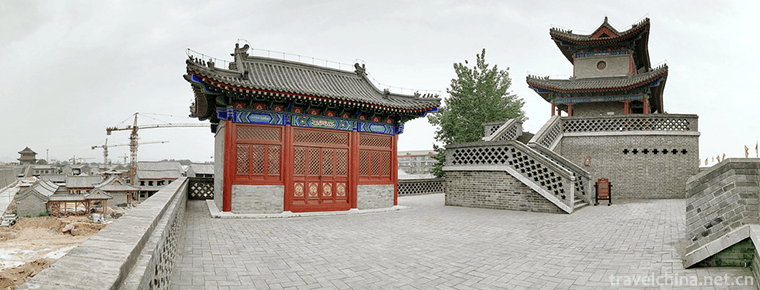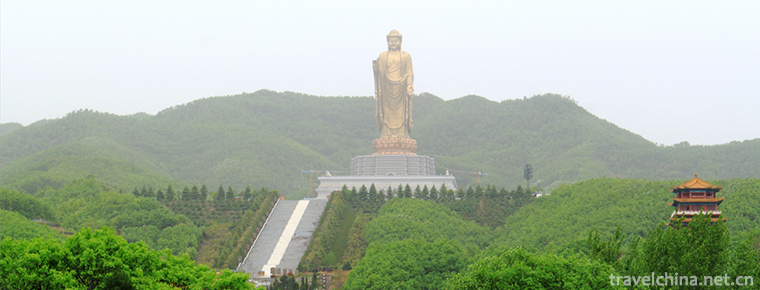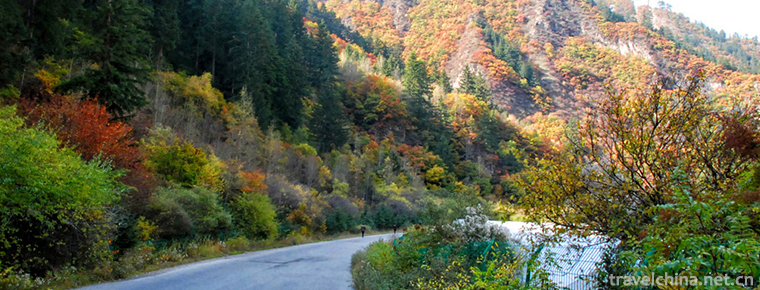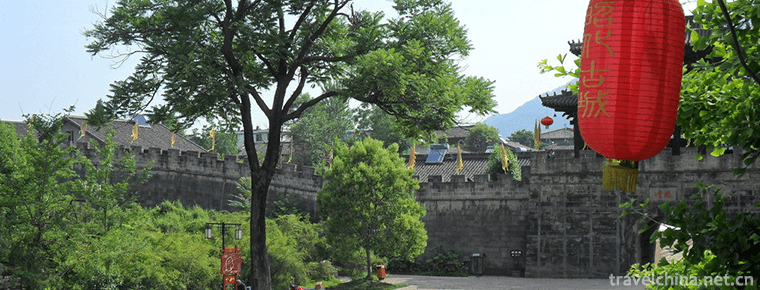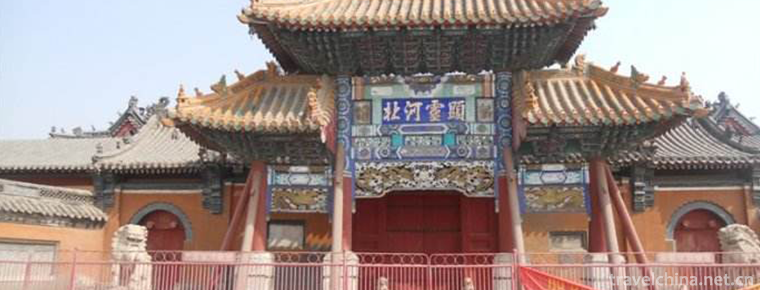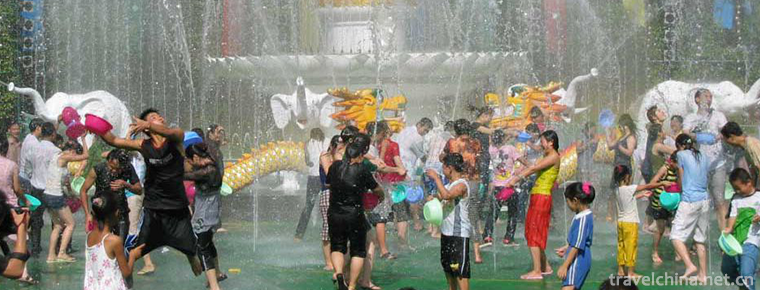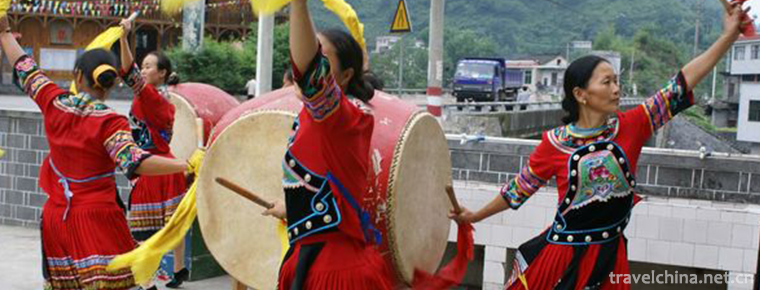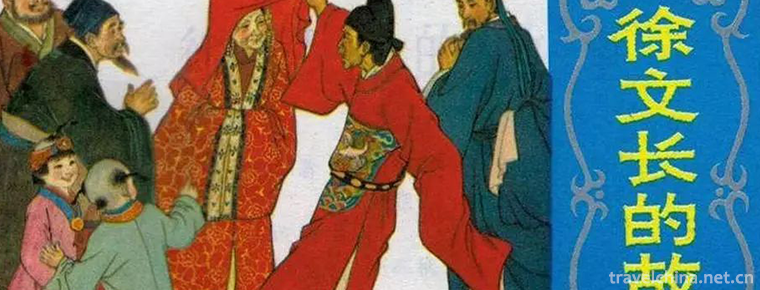Firing Techniques of Chaozhou Coloured Porcelain
Firing Techniques of Chaozhou Coloured Porcelain
In Chaozhou at the end of the Qing Dynasty, new colored pigments were used in the colored porcelain painting. Combining traditional glaze painting art with traditional Chinese painting techniques, traditional techniques such as Chaozhou embroidery, Chaozhou woodcarving, Chaozhou paper-cut, folk painting (such as lacquer painting, wall painting, Buddhist painting) and other traditional techniques were absorbed in the colored porcelain painting, thus forming a unique local style. One of the schools. Chaozhou color porcelain has the characteristics of full composition, bright color, distinct layers, smooth lines, graceful and vivid, elegant style.
Chaozhou ceramics has a long history, so it can be said that "if there are ceramics, there are colours". According to textual research, in the Tang and Song Dynasties, Chaozhou had the production of porcelain. The famous Bijiashan kiln (Song kiln) porcelain had already been carved, colored flowers, stacking flowers and other techniques and decorative techniques under glaze. The Ming Dynasty was a period of blue and white development. Pastel was popular in the early Qing Dynasty. At the end of Tongzhi (1874), Fengxi Porcelain Area had been synthesized in public. Yongli and Heshun Cai Museums were engaged in the work of porcelain painting, which was the beginning of "Ten Kilns Cai" in Chaozhou. In the twelfth year of Guangxu in the Qing Dynasty (1886), Yao Hua, a Fengxi ceramics worker, first opened a glazed ceramics house in Fengxi. Since then, Chaozhou has had colored ceramics. In 1910, Chaozhou painted porcelain artists Liao Jiqiu, Xuyun Qiu, Xie Ziting and others took part in Nanyang Expo in Nanjing and Pacific World Expo in San Francisco, USA. The 1.2-foot four-season tray of "Birds and Phoenixes" and the glazed painted figure tray were highly praised. Since then, the "tide colour" has been well-known.
Traditional porcelain painting can be divided into under-glaze and over-glaze. Among them, the glaze color includes Jiangxi pastel, wide color and tide color. Chaozhou color porcelain is a kind of color porcelain with unique local style by using new color pigments and combining with traditional glaze painting art in the late Qing Dynasty.
Chao Cai reached its prosperity in the 1980s, when Chaozhou had six professional factories of colored porcelain. Among them, Chaozhou Colored Porcelain Factory has more than 4000 employees. Its products are exported to more than 70 countries (regions) and 28 provinces in China, accounting for more than 60% of the export of porcelains at Shantou Port. At present, there are fewer and fewer practitioners engaged in hand-painted paintings, and young people are unwilling to learn. The tide-colored artists have been out of touch with each other and have no successors.
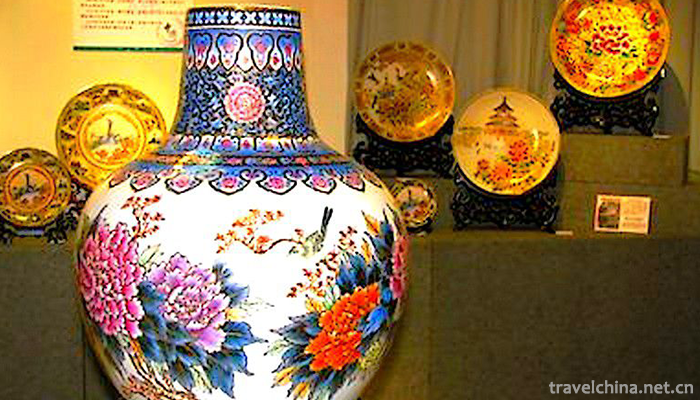
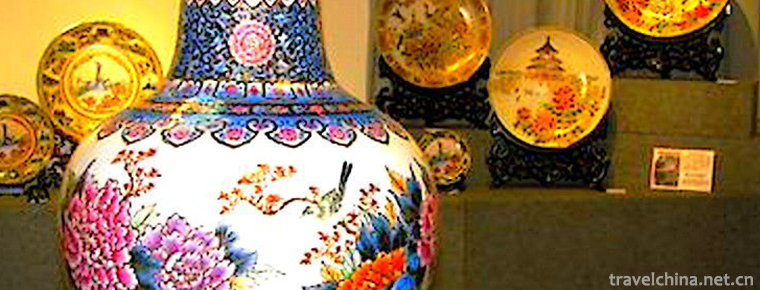
Firing Techniques of Chaozhou Coloured Porcelain
-
The ancient city of Qingzhou
Qingzhou ancient city is one of the ancient nine states. It has a history of more than 7,000 years, a history of civilization of more than 5,000 years
Views: 236 Time 2018-12-08 -
Zhongyuan Great Buddha Scenic Area
The Central Plains Buddha, located in Shangtang Foquan Temple, Zhaocun Township, Lushan County, Pingdingshan City, Henan Province
Views: 286 Time 2018-12-09 -
Xinglong mountain
Xinglong Mountain is the nearest National Natural Forest Reserve to Lanzhou City. It is located five kilometers southwest of Yuzhong County, Lanzhou City, 60 kilometers away from Lanzhou City
Views: 210 Time 2018-12-24 -
Zhaohua Ancient City Scenic Area
The ancient city of Zhaohua has a long history and rich humanities in Zhaohua Town, Zhaohua District, Guangyuan City, Sichuan Province. The original name of Yichang County was changed to Zhaohua Count
Views: 201 Time 2019-03-17 -
Anguo City
Anguo City, formerly known as Qizhou, is now the jurisdiction area of Baoding City, Hebei Province, 100 kilometers south of Shijiazhuang, the provincial capital.
Views: 293 Time 2019-03-30 -
Water splashing Festival
Dai Water-Splashing Festival is also called "Bath Buddha Festival". Dai language is called "Sangkangbimai" (meaning "New Year"). Dai people in Xishuangbanna Dai Autonomou
Views: 437 Time 2019-04-24 -
Encouragement of Miao Nationality in Western Hunan
Encouraged by the Miao people in Western Hunan Province, the traditional dance of Tujia and Miao Autonomous Prefecture in Western Hunan Province is one of the national intangible cultural heritage.
Views: 252 Time 2019-07-03 -
Xu Wenchangs Story
The story of Xu Wenchang takes the history of the middle and late Ming Dynasty as the background. From the legend story of Xu Wenchang's youth, "Taking things from the pole", it has been tol
Views: 162 Time 2019-07-09 -
Chongzhou jiulonggou scenic spot
Chongzhou jiulonggou scenic spot is located in Sanlang Town, Chongzhou City, with an area of more than 170 square kilometers and 76 kilometers away from Chengdu City. Jiulonggou is known as "Dragon Palace on earth".
Views: 339 Time 2020-11-05 -
The situation of Chinese embroidery in various historical dynasties
The origin of Chinese embroidery is very early. It is said that "Shun ordered Yu to embroider multicolored embroidery". It was developed in the Xia, Shang, Zhou Dynasties and Qin and Han Dynasties. From the early unearthed textiles, embroidery
Views: 231 Time 2020-12-12 -
How long does it take for Chengdu to get to the giant panda base
When you come to Chengdu, you must come and see the lovely giant panda. The nearest panda base to the city is the giant panda breeding research base. How long does it take from Chengdu to the giant panda base?
Views: 74 Time 2020-12-13 -
Deyang tertiary industry
In 2018, the annual real estate development investment in Deyang City was 14.98 billion yuan, an increase of 42.6% over the previous year. The construction area of commercial housing was 15.827 million square meters, an increase of 24.9%; the completed area
Views: 358 Time 2020-12-14
